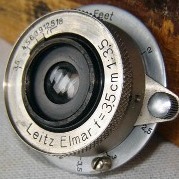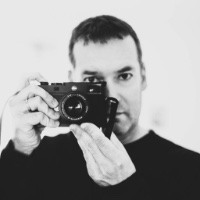Focus shift
-
Recently Browsing 0 members
- No registered users viewing this page.
-
Similar Content
-
- 13 replies
- 651 views
-
- 6 replies
- 454 views
-
Is this focus shift? 1 2
By KIKO,
- 20 replies
- 4,687 views
-
- 2 replies
- 197 views
-
SL2 Focus Peaking
By Tkp,
- 18 replies
- 1,852 views
-




Recommended Posts
Join the conversation
You can post now and register later. If you have an account, sign in now to post with your account.
Note: Your post will require moderator approval before it will be visible.